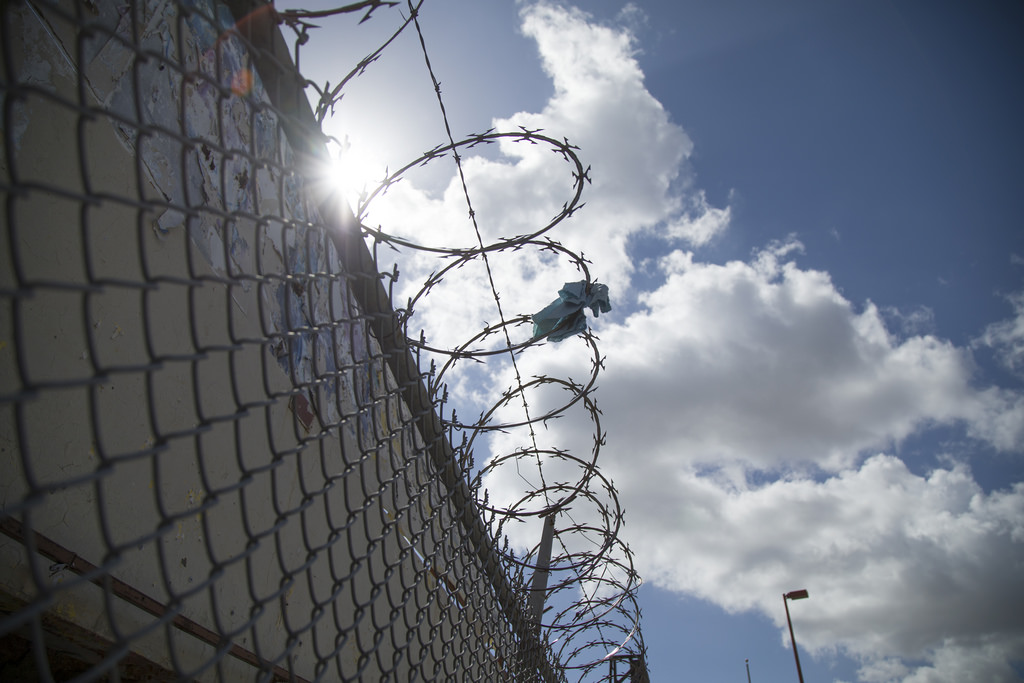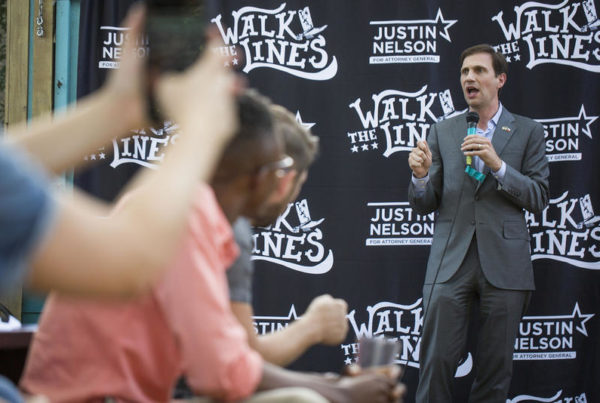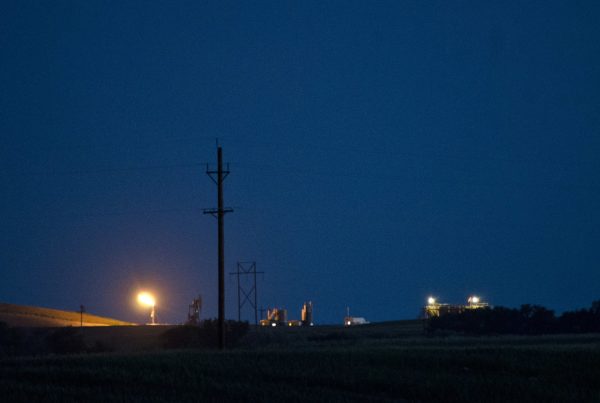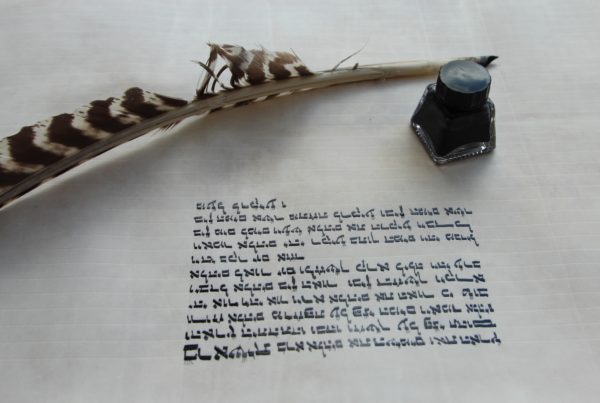Last week, the White House announced it was sending 800 active-duty troops to the border to defend against what the president has described as an invasion – specifically, a caravan of thousands of would-be asylum seekers from Central America. Now, the Trump administration is ratcheting things up on the border: it announced Monday that it will increase the original number of troops by more than sixfold, to 5,200.
Julian Aguilar is a Texas Tribune reporter based in El Paso who is reporting on this story. Aguilar says troops will be at the southern border, in places like El Paso, Brownsville, Arizona and California by the end of this week.
“The president’s delivering on one of his most divisive promises: if he can’t get his wall and he can’t end certain asylum people, if he can’t get around banning people from certain countries, then he’s gonna do what he can,” Aguilar says.
Aguilar says it’s unclear why the president decided to increase the number of active-duty military, but that it’s important to remember that those service members are prohibited by law, except in extreme circumstances, from acting as law-enforcement officials.
“What we have, less than 24 hours after this announcement, is people are already criticizing this as a waste of taxpayer money, as nothing more than show,” Aguilar says.
But he says the troop deployment is “unprecedented.” He says National Guard troops have been deployed to the Texas border before and the Texas Border Coalition says they often worked behind the scenes. But the addition of active-duty military service members is different.
“We’re talkin’ 150 miles of razor wire, to pop-up make-shift barriers along the border, we’re talkin’ helicopter companies, we’re talkin’ mobile command posts, MASH units and medical tents, I mean this is gonna be somethin’ that we see in other countries,” Aguilar says.
Aguilar says we’ll find out after the midterm elections whether the operation does any favors for Republican candidates.
With razor wire going up, the operation will effectively shut down the border. Aguilar says General Terrence O’Shaughnessy has said the military has 22 miles of concertina razor wire ready and an additional 130 miles of wire available if it’s needed.
“This could be just a makeshift barrier wherever they decide they need it. These helicopter companies, they can deploy CPB [Customs and Border Protection] officers within a minute’s notice to wherever they are … it’s definitely gonna be a show,” Aguilar says.
As for the migrant caravan that started in Honduras, it could take several weeks for the migrants to reach the U.S., and whether they arrive depends on what the Mexican government does in the coming weeks, what obstacles they encounter along the way and if they have enough resources or money to continue the trip. Aguilar says the caravan, which mostly includes migrants from Honduras, reached about 7,000 people at its height but has shrunk to about half as many.
“Some folks are giving up and turning around, some folks are realizing that Mexico is a better place to stay, and some folks are just still trying to figure out their next move,” Aguilar says.
He says it’s also unclear where the migrants would enter if they make it to the border. It’s assumed that the caravan would enter through Texas’ Rio Grande Valley, but it’s possible they could try to enter at other points along the border like El Paso, New Mexico, or Tijuana south of California.
“It’s really, really uncertain where they’re gonna enter … and how many will there be; there are gonna be fewer migrants coming up than there are going to be soldiers on the border if this full deployment takes place,” Aguilar says.
Written by Caroline Covington.















